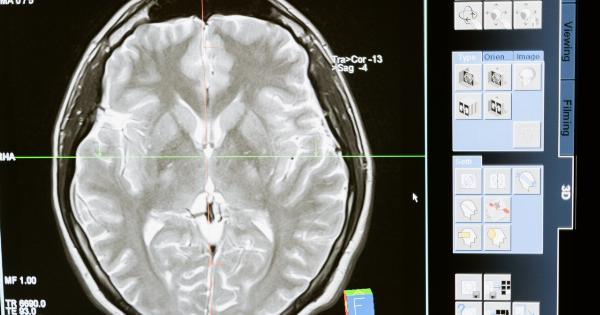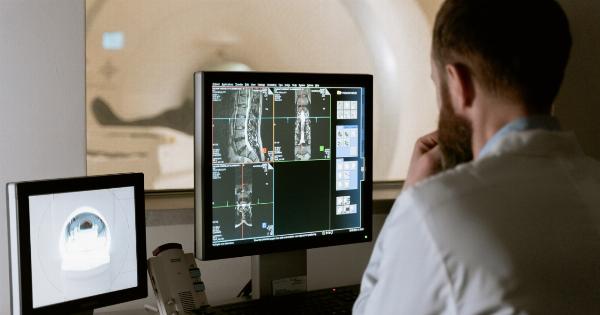Radiographs or X-ray imaging is one of the most common diagnostic tools used by healthcare professionals to help detect various medical conditions.
However, frequent X-ray exposure can be harmful to human health, particularly those who are most vulnerable. In this article, we will discuss who is most susceptible to radiation exposure from radiographs.
Children
Children are the most susceptible to radiation exposure from X-ray imaging due to their developing bodies. As they grow and mature, their cells divide and multiply more rapidly, making them more sensitive to radiation’s damaging effects.
Additionally, organs and tissues in children are more prone to harm because of their size and metabolic processes.
Notably, children are commonly subjected to X-ray tests when in the emergency department; the pediatrician deems it necessary to rule out traumatic injuries, bone fractures, or various disease states.
Throughout the examination, the technician must concentrate the radiation beam to an exact area to avoid affecting other parts of the body. Although technicians utilize techniques to minimize radiation exposure, children, in particular, should have fewer radiographs unless they are necessary for accurate treatment diagnoses.
Pregnant Women
Pregnant women are another group of individuals who may be susceptible to radiation exposure from radiographs.
When situated in the lower abdomen or pelvis area, the unborn baby may receive exposure to the radiation passing through the body; this exposure can be harmful to the baby’s developing cells. However, modern imaging has made significant advancements in decreasing the radiation dosages pregnant women and their developing babies receive.
If a pregnant woman requires imaging, it’s important to inform the healthcare provider beforehand.
This allows the healthcare provider to weigh the risks and benefits of diagnostic imaging for both the mother and her developing baby; they may suggest alternate imaging methods that contain no or lower doses of radiation.
Elderly individuals
According to the National Institute of Health (NIH), the elderly are more susceptible to pathological disorders that often necessitate routine diagnostic imaging procedures such as X-rays, CT scans, or MRI.
Elderly individuals have a weakened immune system, making them more prone to cell damage from radiation than younger individuals.
Additonally, they may have received higher doses of radiation throughout their lifespan in therapeutic procedures like radiation treatment for cancer.
Even though these doses may be long in the past, they still have a chance of causing an increased risk of radiogenic diseases such as skin cancer.
Individuals with weakened immune systems
People with weakened immune systems, such as those with HIV or undergoing chemotherapy, may be more susceptible to radiation exposure from radiographs.
Many individuals with weakened immune systems are more susceptible to developing certain medical conditions or diseases that may require diagnostic imaging via X-ray, CT scan, or MRI.
The weakened immune system makes them vulnerable not only to the disease being diagnosed but also to radiation-related health problems.
Workers in the healthcare industry
Healthcare providers are a group of individuals who may be at risk of exposure to radiation from X-ray imaging.
Due to the nature of their job, they manage equipment continually emitting radiation, making them exposed to a more significant risk of the harmful effects of exposure.
Therefore, it is essential for healthcare providers, in particular, to undergo radiation hygiene training, which can help in minimizing radiation exposure risks.
Healthcare providers must also ensure that they follow the recommended radiation safety practices and standards while engaging in their clinical care and diagnostic measures.
Cumulative effects of exposure to radiation
Regardless of an individual’s stage of life or profession, continued exposure to radiation could pose cumulative effects on their long-term health.
Significantly, radiation exposure can lead to radiogenic diseases such as leukemia, skin cancer, liver cancer, or other forms of cancer.
However, it is essential to note that these diseases may not appear immediately after exposure to radiation; it may take years or even decades for the disease to surface.
In conclusion, radiation exposure from radiographs can negatively affect all individuals, although some groups may be more vulnerable than others.
It’s always necessary for a medical professional to weigh the risks and benefits of diagnostic imaging procedures for every patient before proceeding with treatment. Reducing exposure to harmful radiation is an essential preventive measure that healthcare providers should take to ensure patients’ long-term health.
























